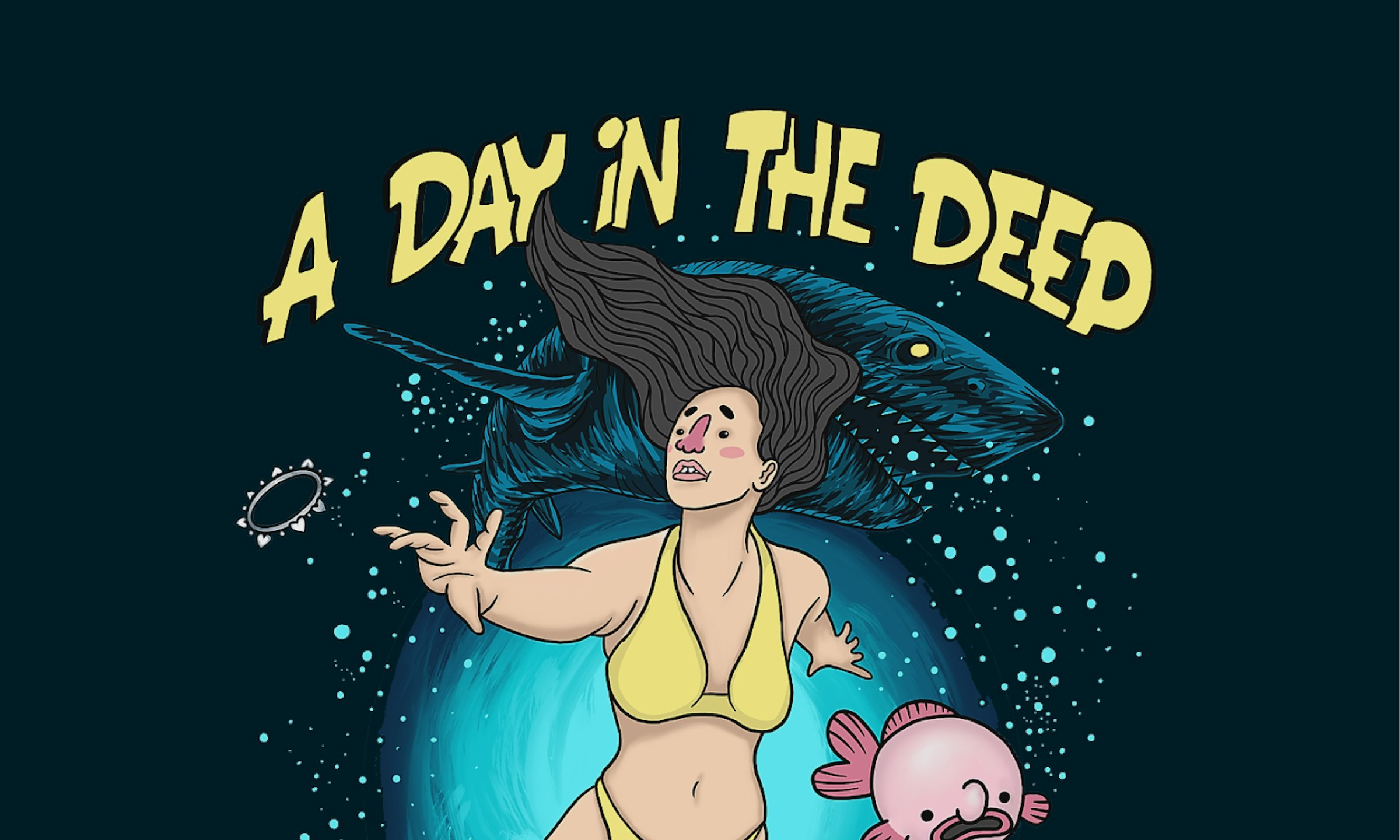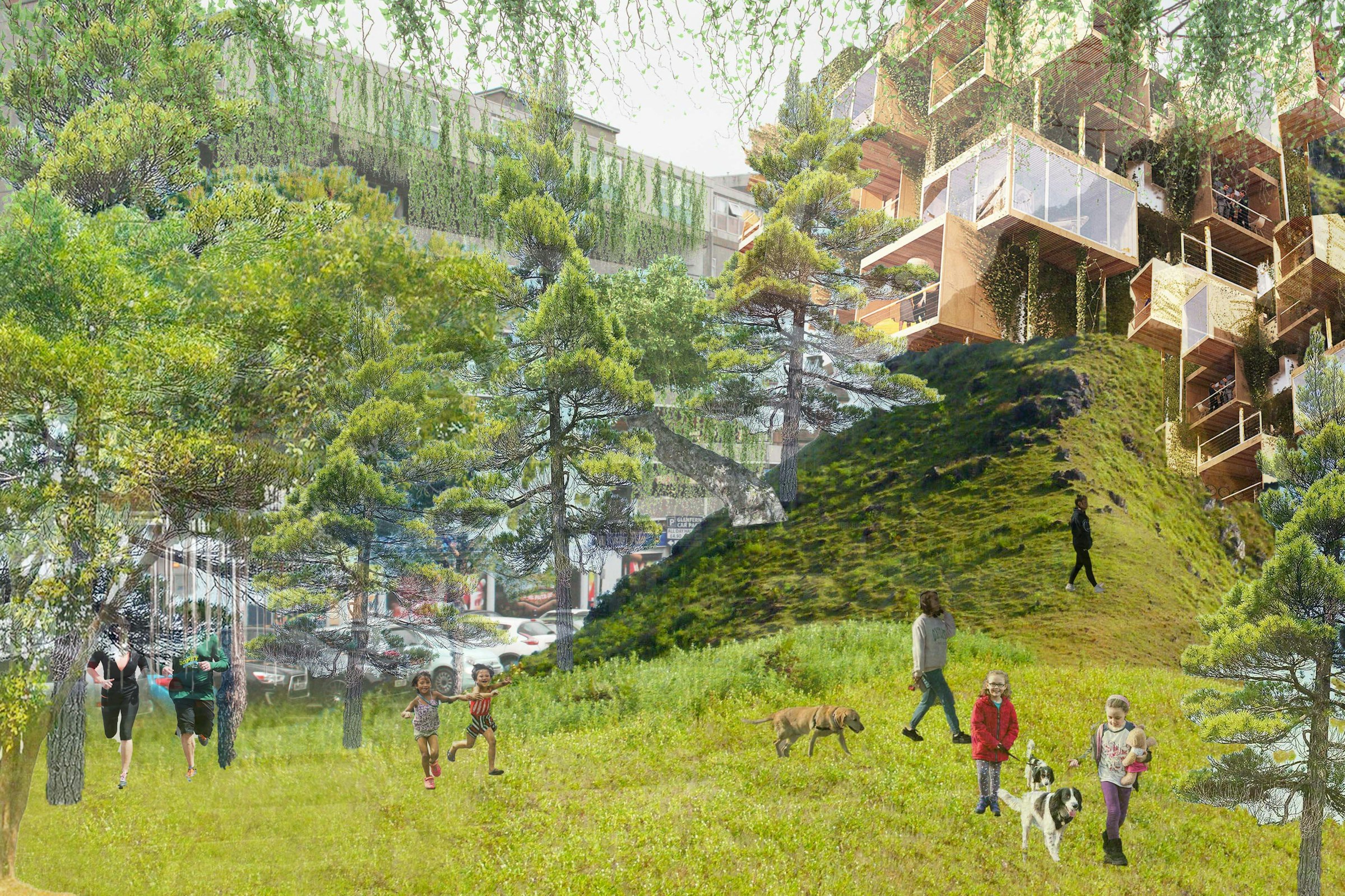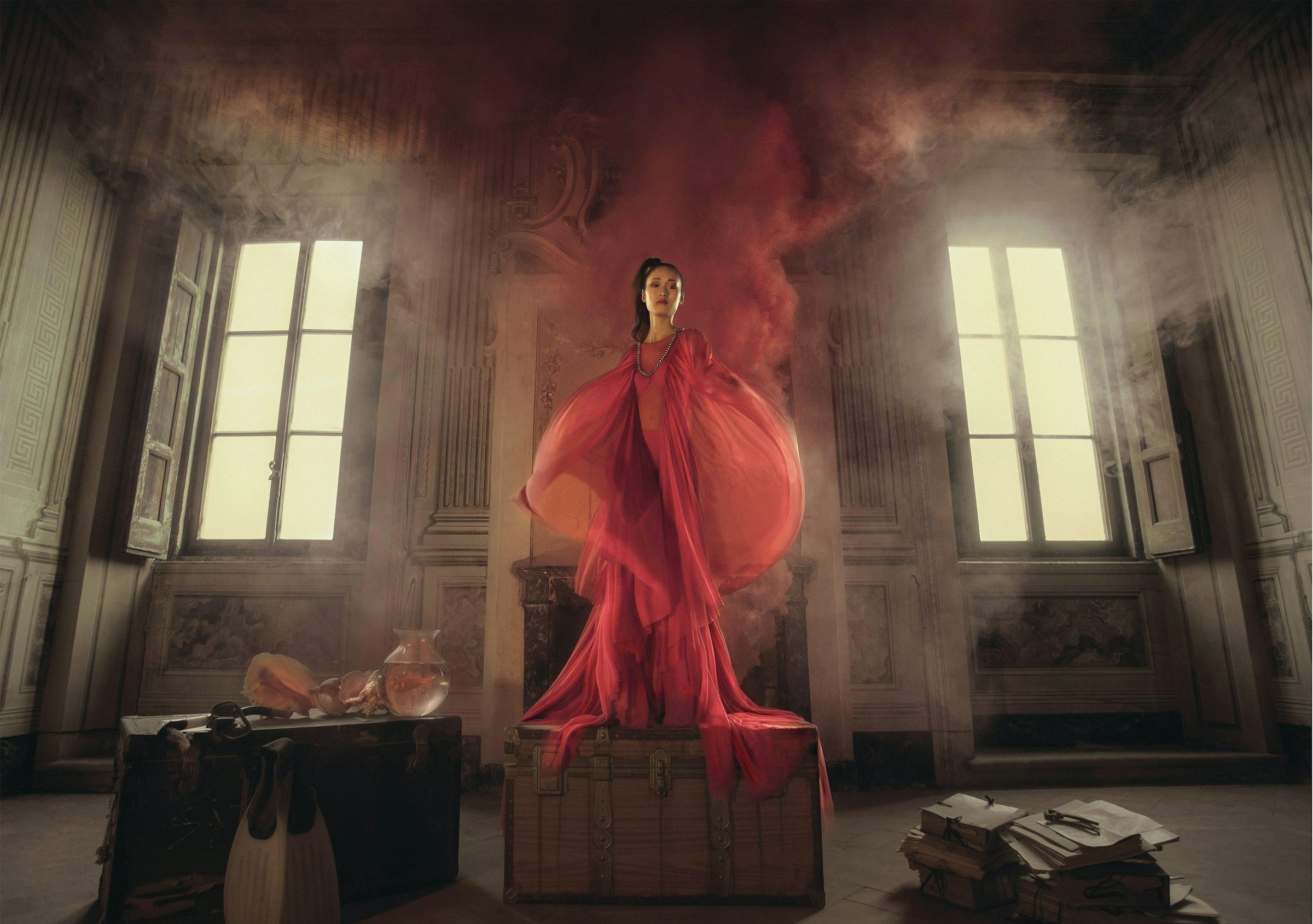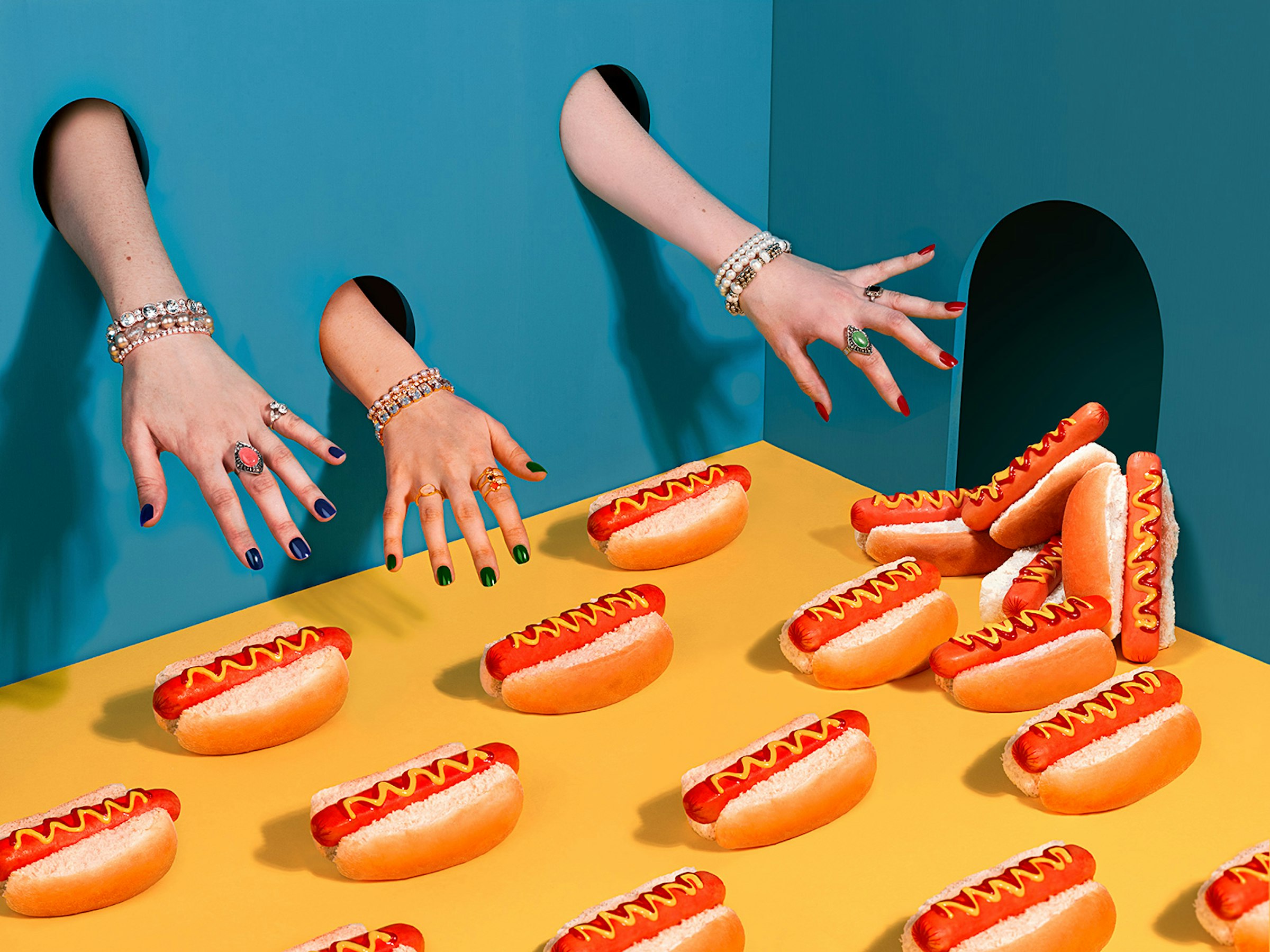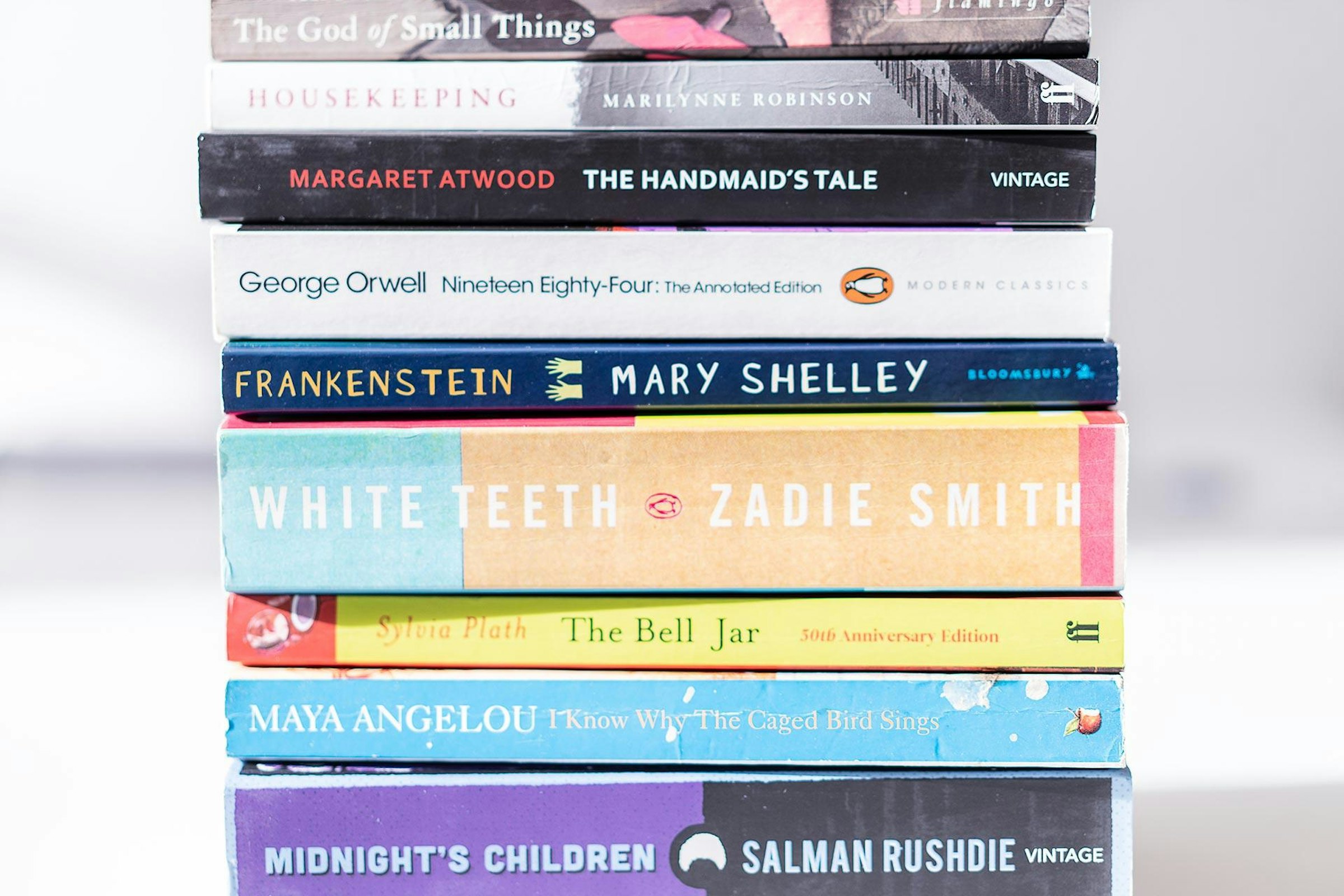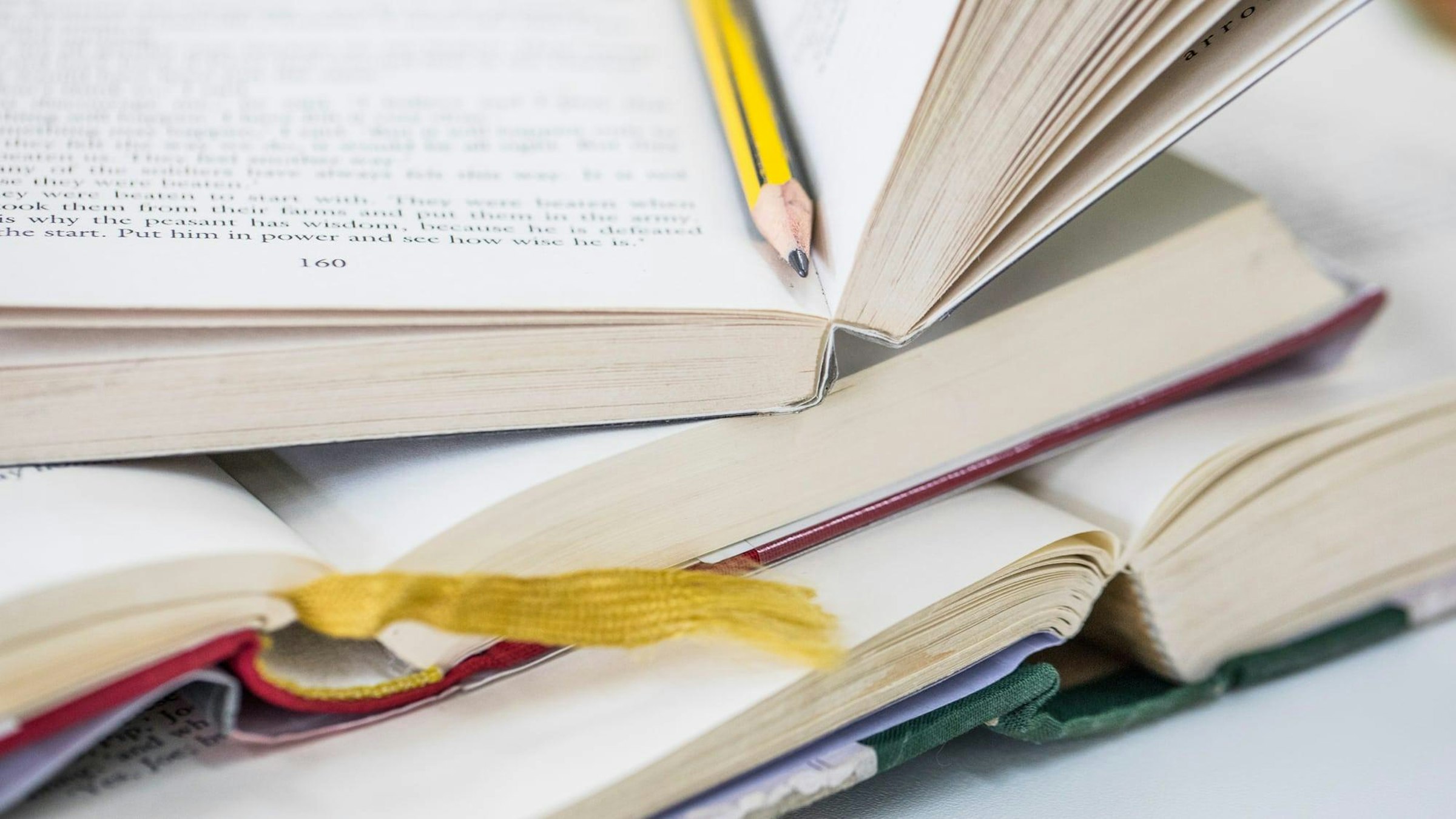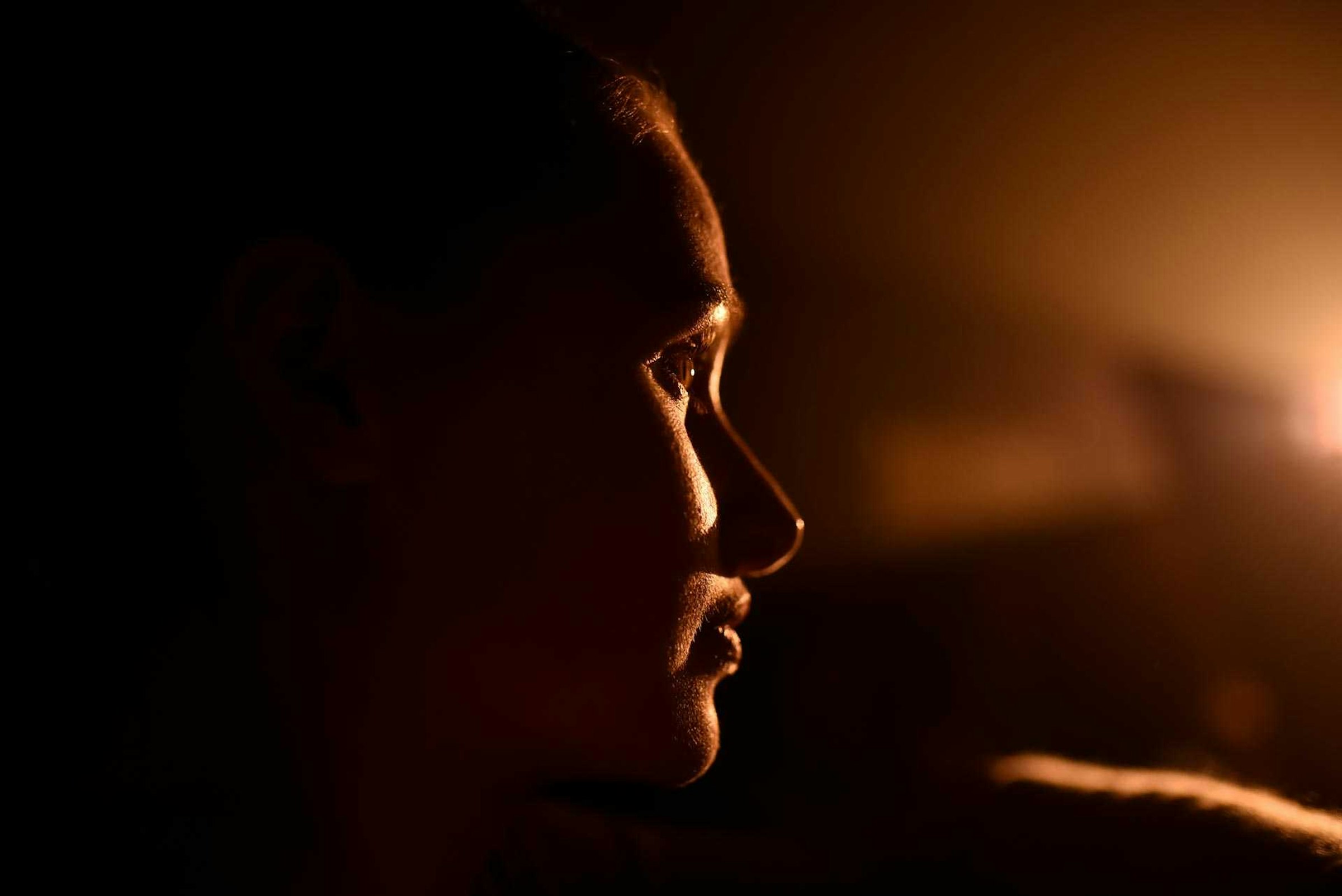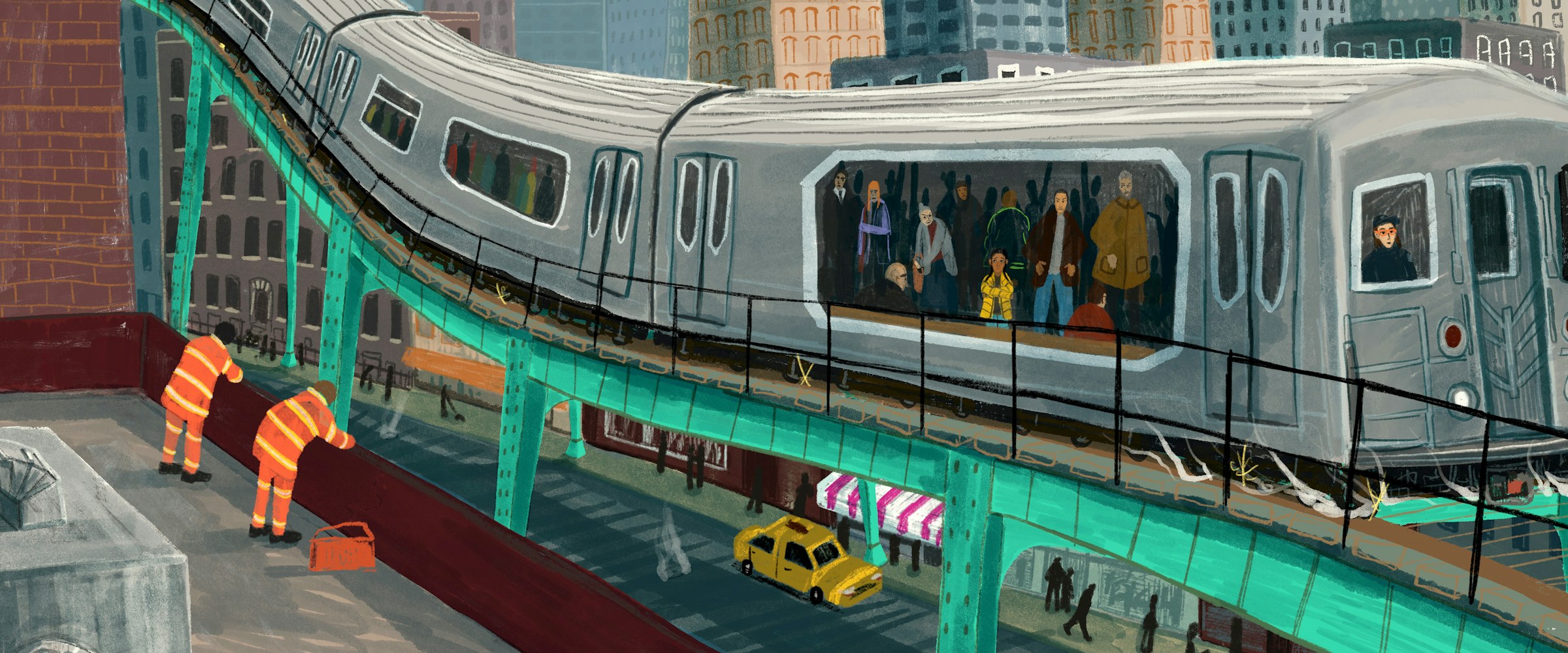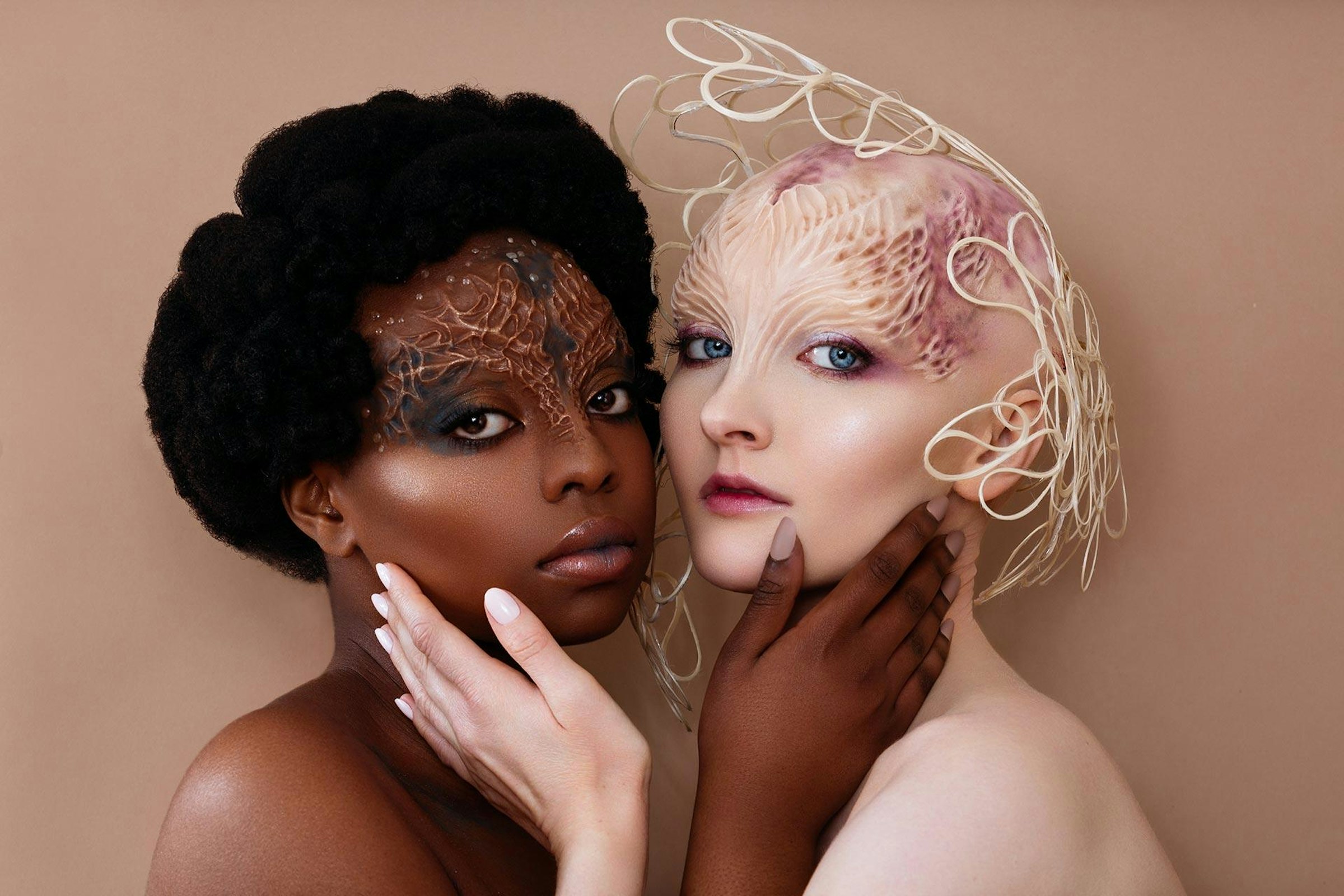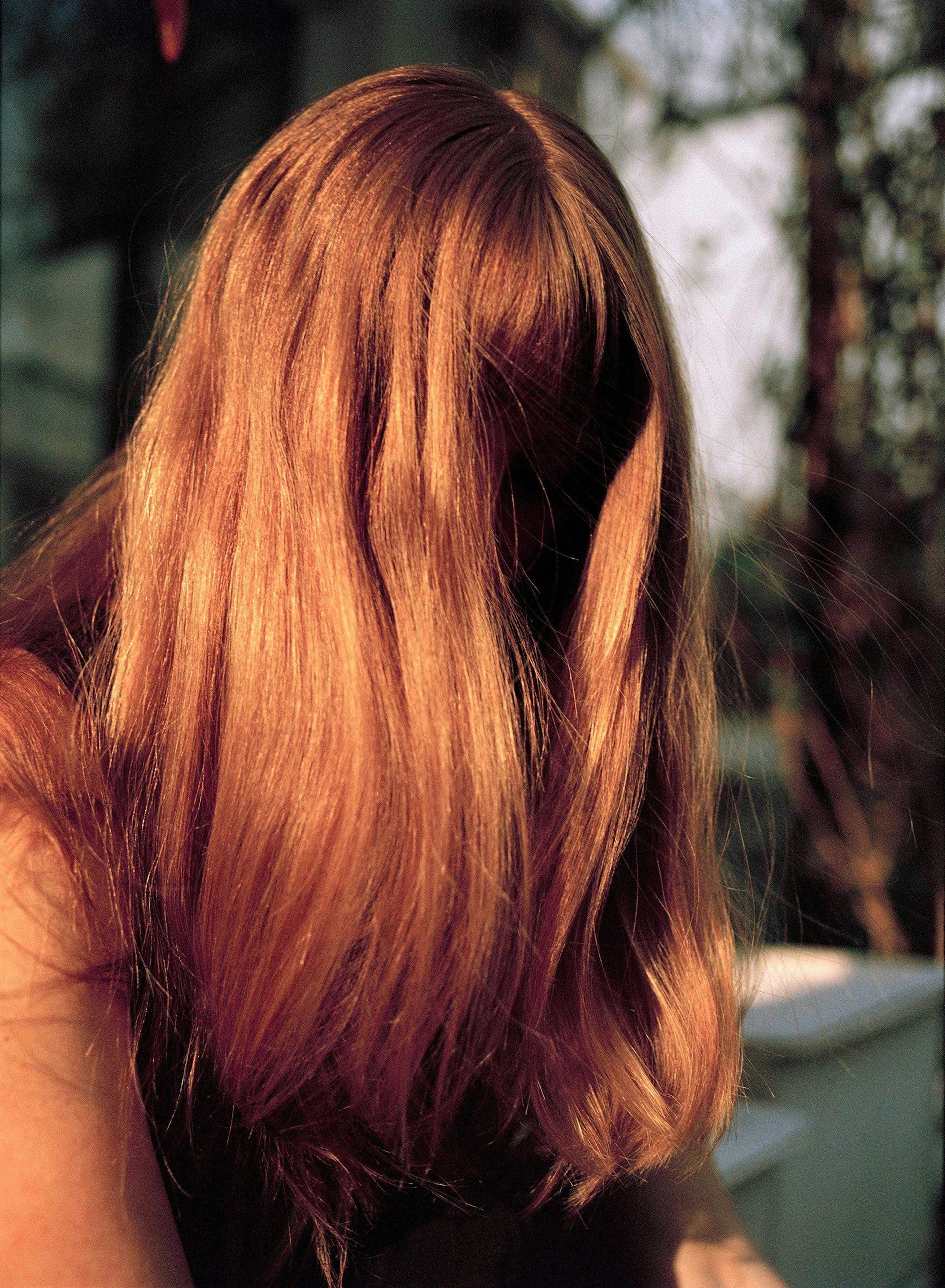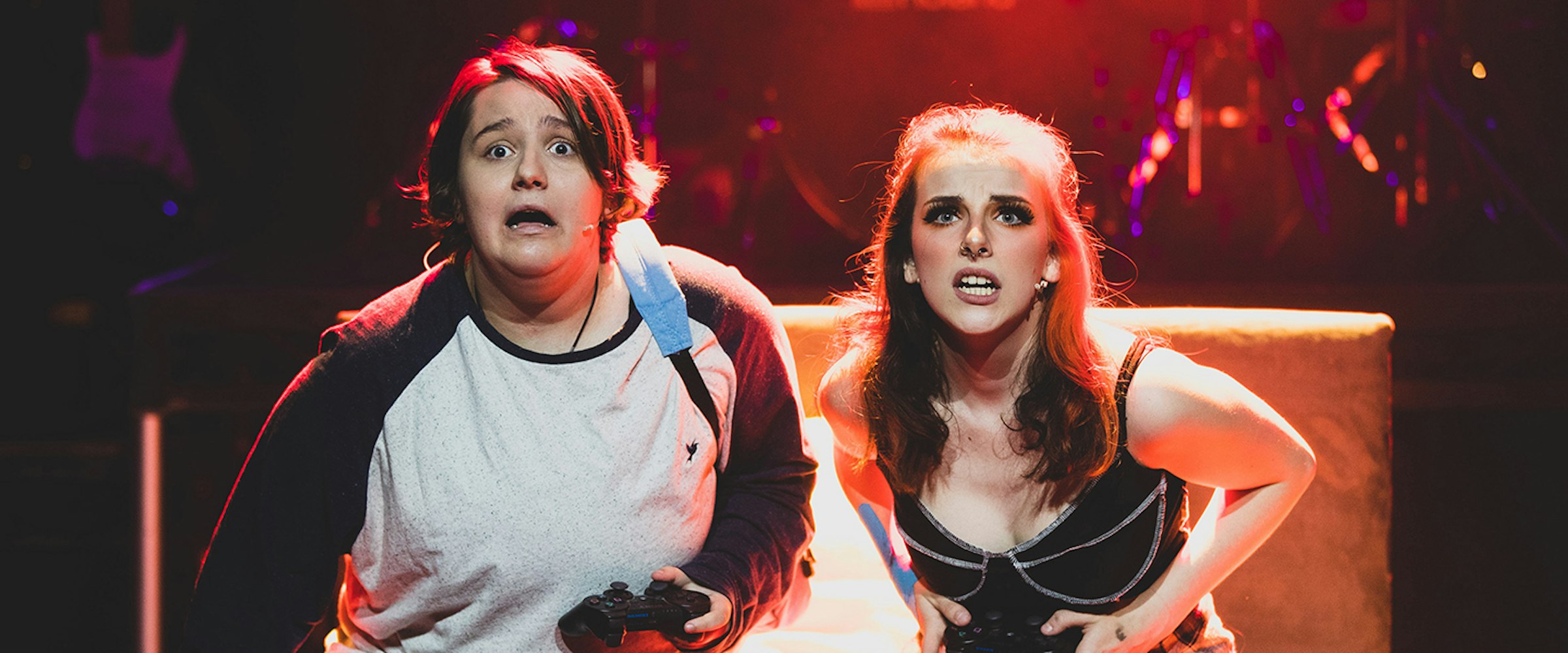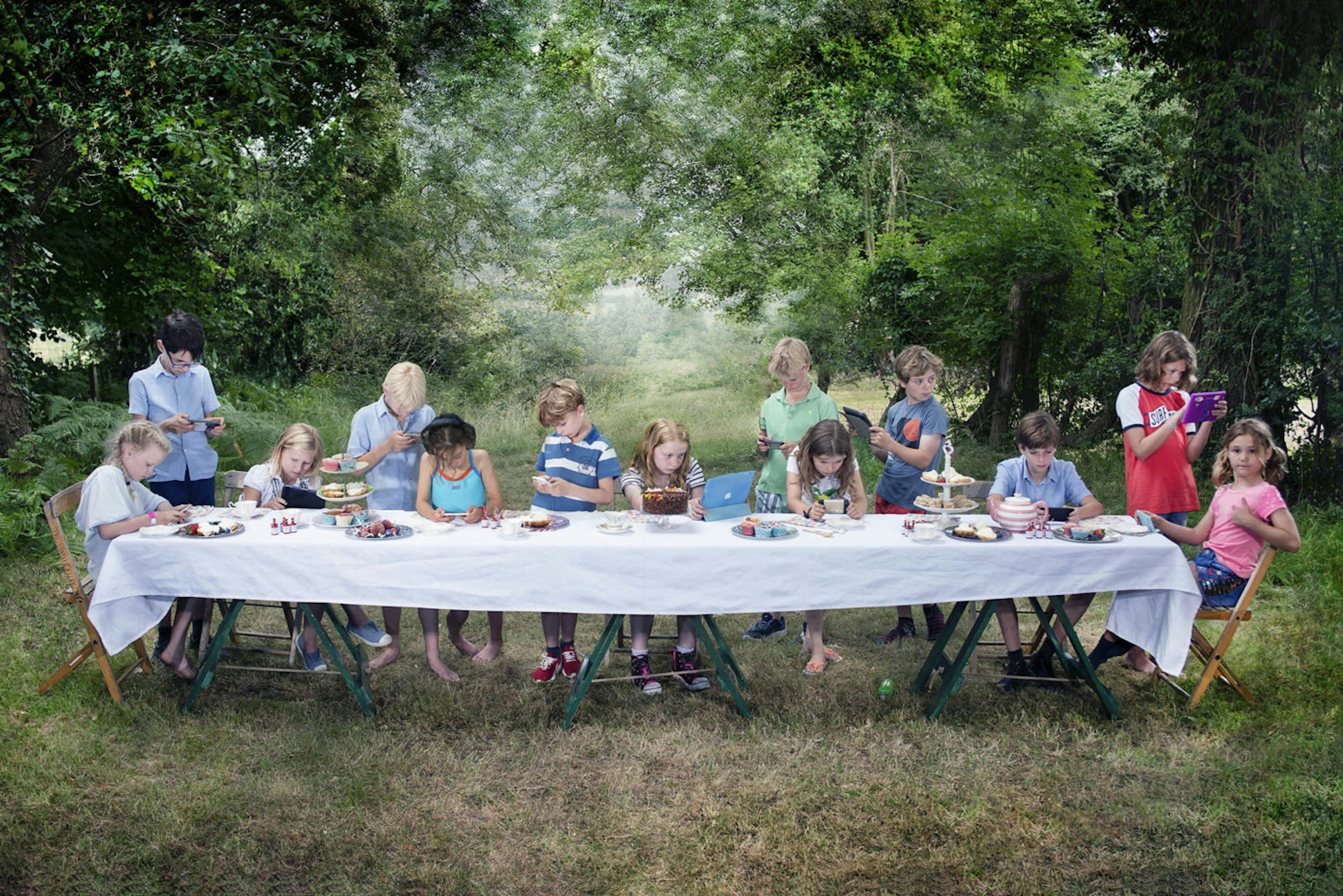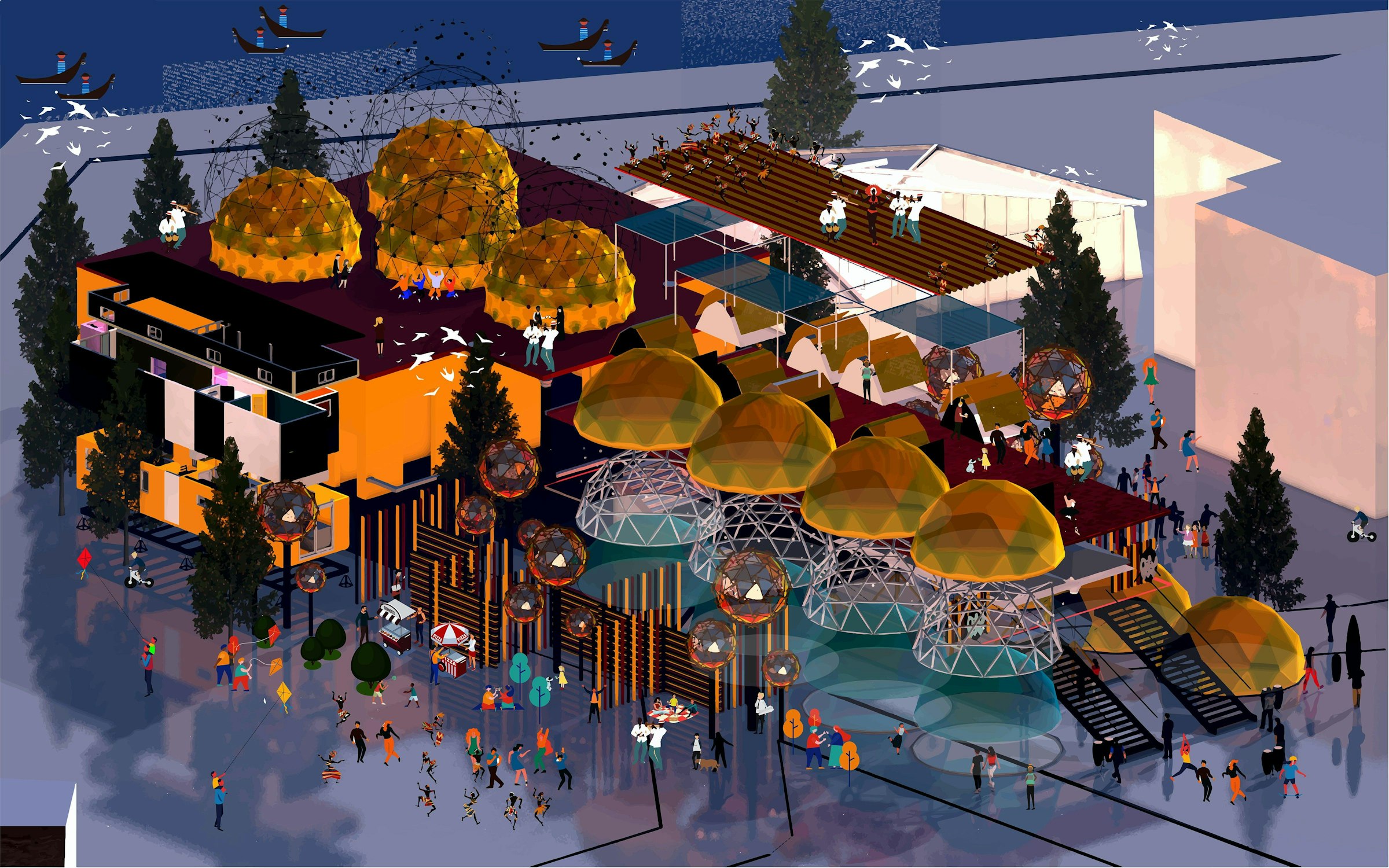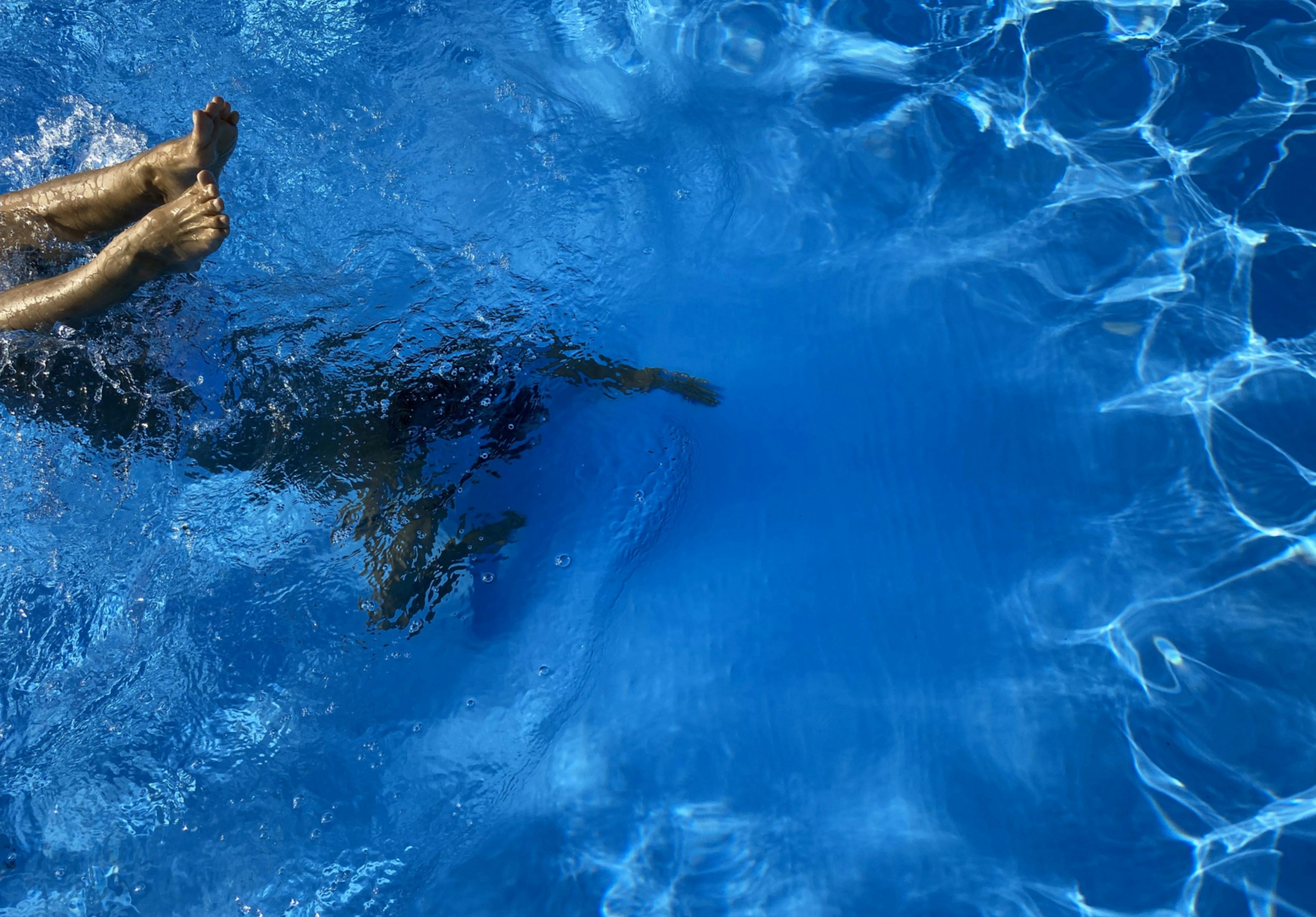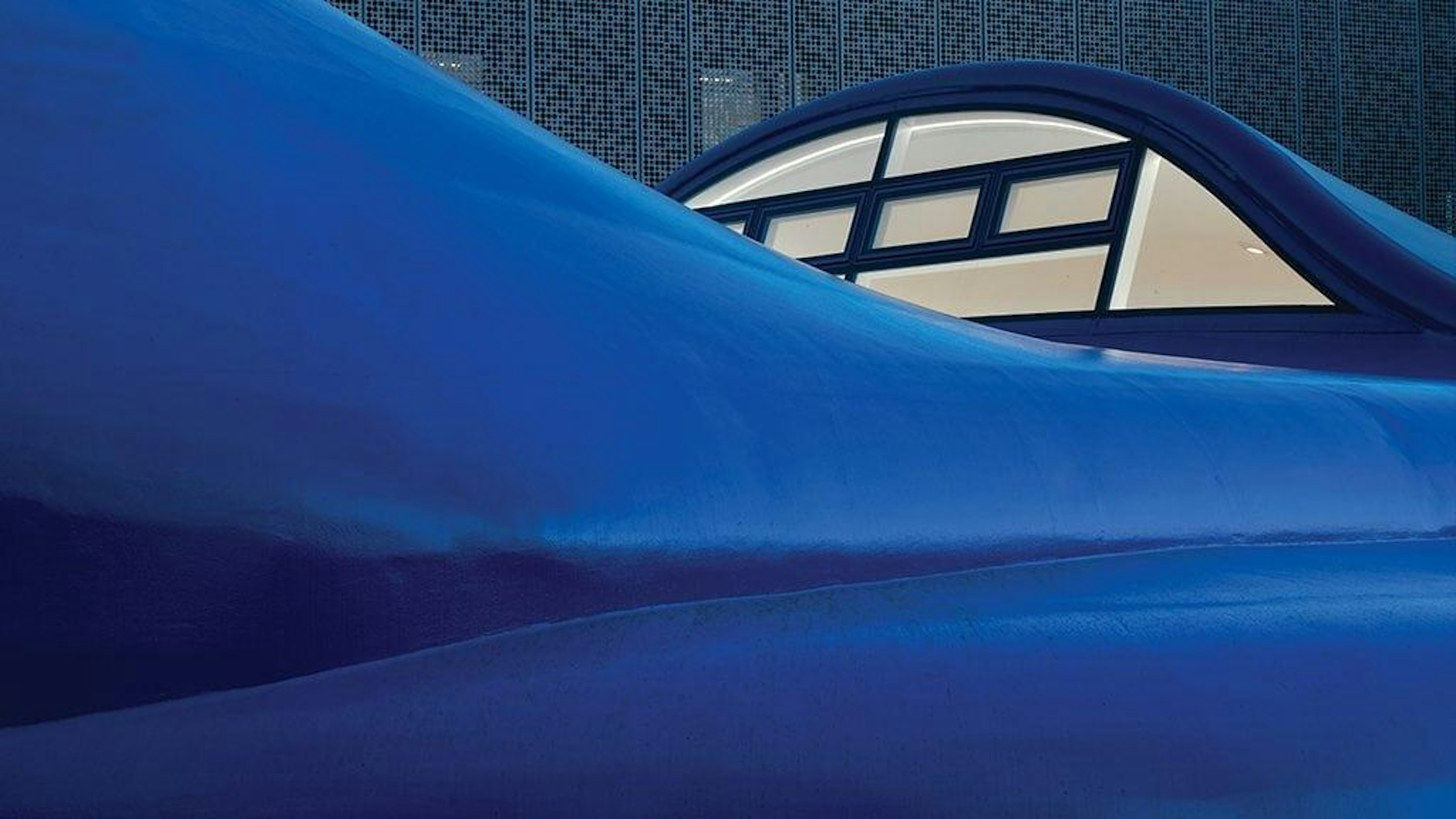
We caught up with AUB alumnus Glenn Dearing to discuss his photography career, future projects, and success post-university.
Did you always know Photography was your calling?
I wouldn’t say it was necessarily Photography that was my first calling, but there was always an Arts-based thing in my mind from a young age. Having left school as a keen 18-year-old knowing I wanted to do something in art, I did a Foundation course (when Shelley Park was still in existence before becoming AUB). A Foundation course doing whatever you want to do, was the ideal route for me.
I found myself moving into Fine Art to do painting and sculpting. In the last term of the course I started doing all my Fine Art pieces within photography and some bright spark pulled me aside and said, ‘Just go and do a photography course!’ So, I moved my specialism from Fine Art to Photography and never looked back.
What did you do next?
I went on to do a National Diploma (ND) course at AUB, which was the next logical step for me. After that, I stayed and did a three-year BA, so I was a student here for quite some time. I chose to stay at AUB because there’s nothing as great as here. I was living here and everything was on my doorstep. I made the right decision. Even people that left in the '80s still have that hard connection to AUB.
You obviously have a creative streak, did that come from your family?
Not at all! I came from a grammar school background, knowing from 15 or 16 that I wanted to do Arts-based options. I did feel a bit of reluctance from teachers choosing that path. It was a bit tricky at times, but I was head strong and I had a passion for art.
How did the photography course shape your work?
I found what I liked quite early. I used my three-year degree course as a complete self-indulgence. I was shooting lovely art pieces, and then got totally involved in the commercial world, which you often have to do if you want to make a living from it.
But I’m realising I don’t want to do any of that now. I’m coming back to the Fine Art pieces that I was always working on, and shooting on old wooden plate cameras that require you put a big hood over your head to use. I’m shooting onto film and moving more into alternative processes – shooting pinhole and wet plate where you pour your own silver, and generally getting as far away from digital as possible.
Are you not a fan of digital photography then?
Maybe it’s the digital influx, or a big change that happened during my commercial shooting that’s really pushed me away from it. It’s become so throwaway, everyone’s got the same camera, everything looks the same, everyone’s trying to emulate film, so I’m just going to shoot on film. I’m trying to move away from it and create that ‘uniqueness’.
What happened after you graduated?
I moved to London and started assisting shoots straight away. I assisted full-time for two to three years, working with countless people, doing whatever I could do.
There were a few people who I pretty much assisted full-time – you spend every day of your life with them. You rock up in the morning, load the car and drive it to the shoot, unpack, set up the lights, do the shoot, pack it all down and drive everyone home. I learnt a lot about the commercial photography world. I was a one-man business, shooting but also marketing myself, building websites myself – you name it! Assisting enabled me to see how people operate.
What made you take the leap to go solo?
People assist for years before they take that leap, but I realised I was ready to make a move early. I was offered a big job as David Bailey’s first assistant. There was just something in me that said it was the wrong thing to do, so I turned it down. My head was telling me I shouldn’t make that decision, but my heart is telling me to do it. So, I started properly looking for my own work from that point.
How would you describe your work?
My work really varies, I really enjoy doing different stuff. I’m a Photographer, but if I wasn’t doing photography I’d be a Designer. As an artist, there are so many things that I love doing, and I don’t want to pigeon-hole myself too much.
I love portrait shoots, they always have that human hook, but recently I’ve moved into filming music videos which is a similar process. I also shoot a lot of food, and chefs especially. That came from when I was studying at AUB, my full-time job was working in kitchens and running restaurants.
Your photographic style really varies, can you pinpoint a project that stands out the most?
That’s tricky! I’ve been working on a big project which isn’t launching for another year, it’s a big restaurant-based project called ‘The Artful Eater’. It’s a huge body of work looking at the restaurant as a piece of theatre. My partner in the project works high up in the industry in London, he’s not an artist but has really good eye. I’m producing films and photography and he’s the guiding light through the whole thing. We’ve been working on it for six years.
We go in before the restaurant opens and photograph not only the place but the people. We photograph the details of the place – the tarnished cutlery, the little wears in the leather. It tells more of a story than a big wide lens view would. We have complete creative freedom. And, because of the way we’re shooting – on these old cameras and lumps of film, people are interested, and it’s opening doors.
You’ve obviously found your life calling, being a photographer…
Absolutely. The best bit about my job is that it’s not a job. Whoever you are, if you do something you love doing for a living you’ll never do a day’s work in your life. Every day I go to work and I think I’m the luckiest man in the world.
Do you have any advice for our readers?
To just do what you do. Yes, take inspiration from current and historical people working [in your field], but don’t try to be someone or something that you’re not. Do what you do and be true to it.
Find out more about Glenn Dearing’s work here.
